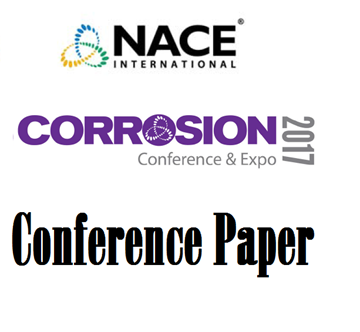Search
Sucker Rod Materials - Metallurgical Quality Evaluation And Its Influence On General Corrosion Resistance
Also Purchased
Investigation of the Corrosion Performance of Stainless Steel and Low Alloy Steel Sucker Rod Materials in Aggressive Environments
Product Number:
51320-14321-SG
Publication Date:
2020
$20.00
Development of Sucker Rods for Aggressive Environments
Product Number:
51317--8944-SG
ISBN:
8944 2017 CP
Publication Date:
2017
$20.00
07564 FCCU Light Ends Plant Carbonate Stress Corrosion Cracking Experience
Product Number:
51300-07564-SG
ISBN:
07564 2007 CP
Publication Date:
2007
$20.00




